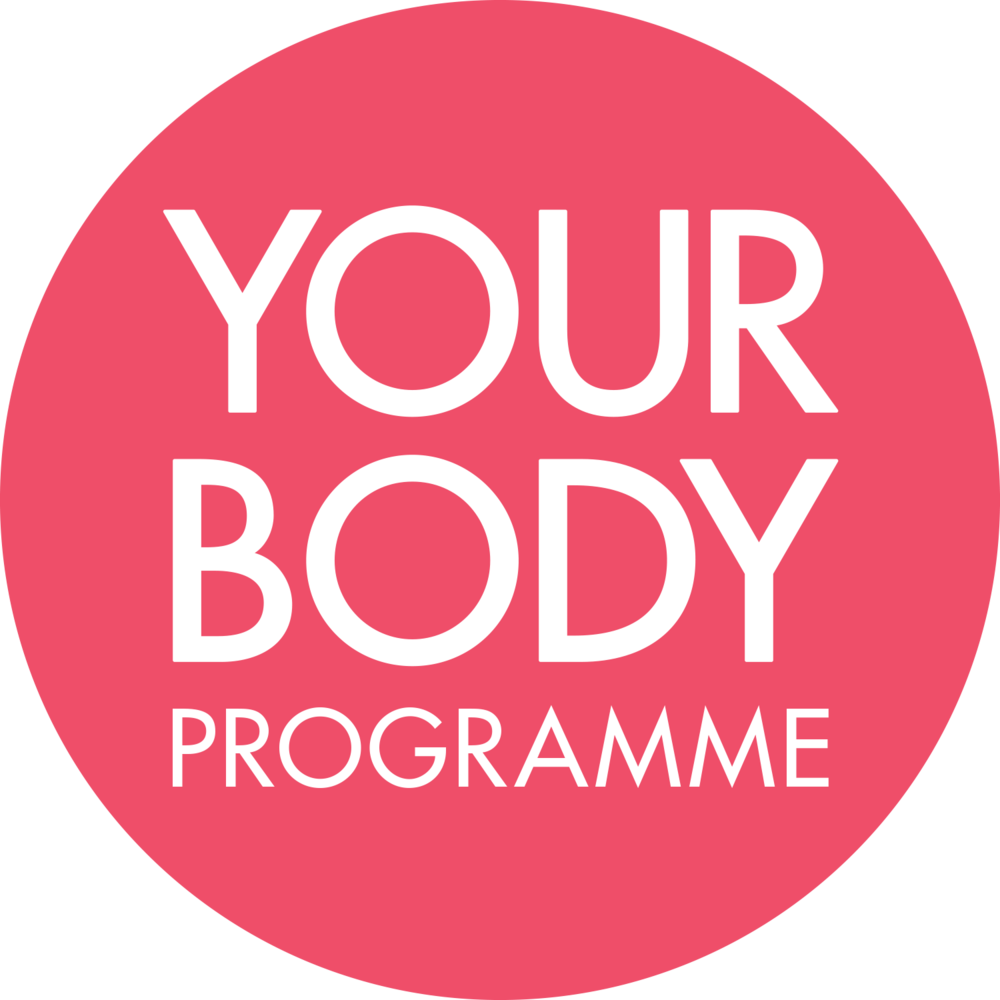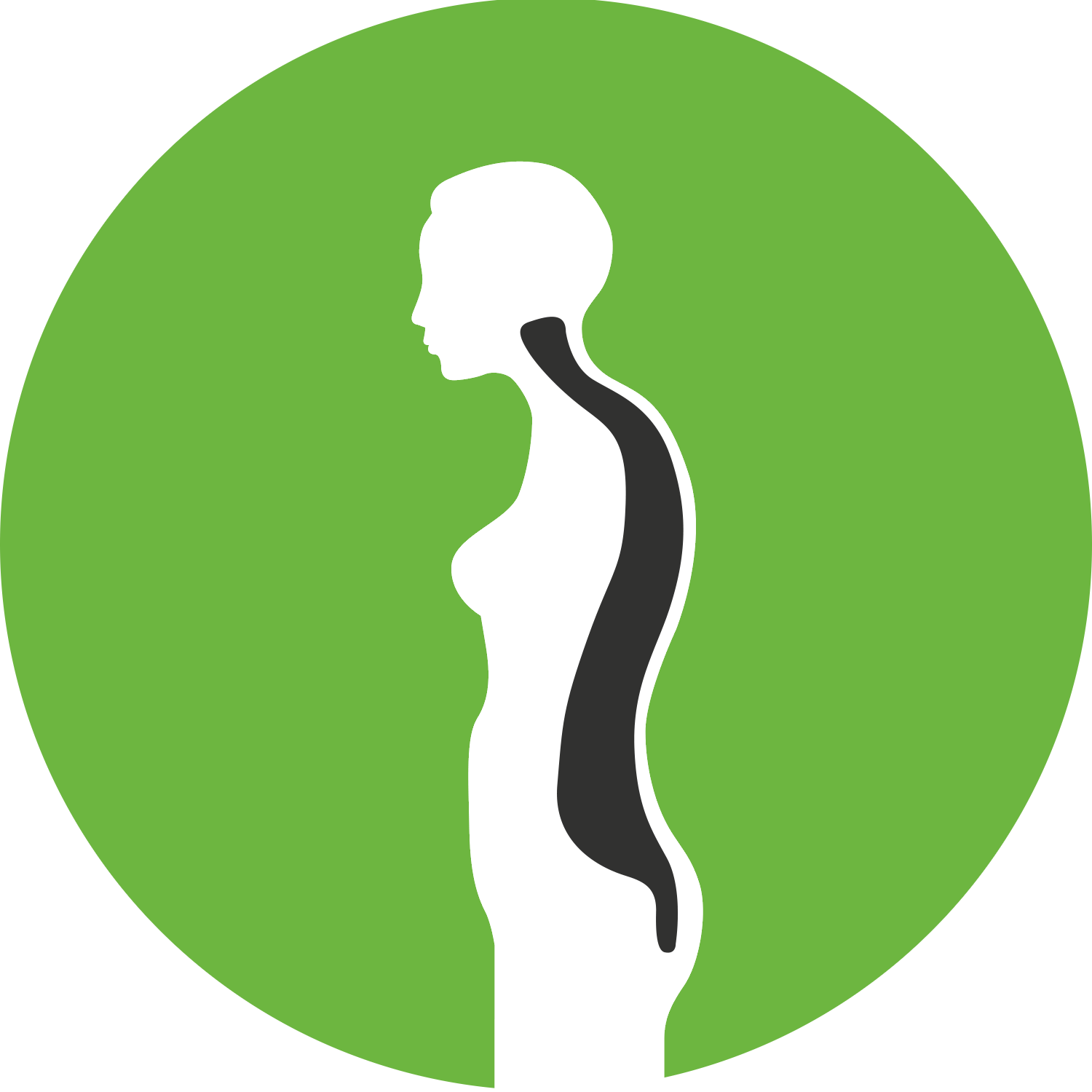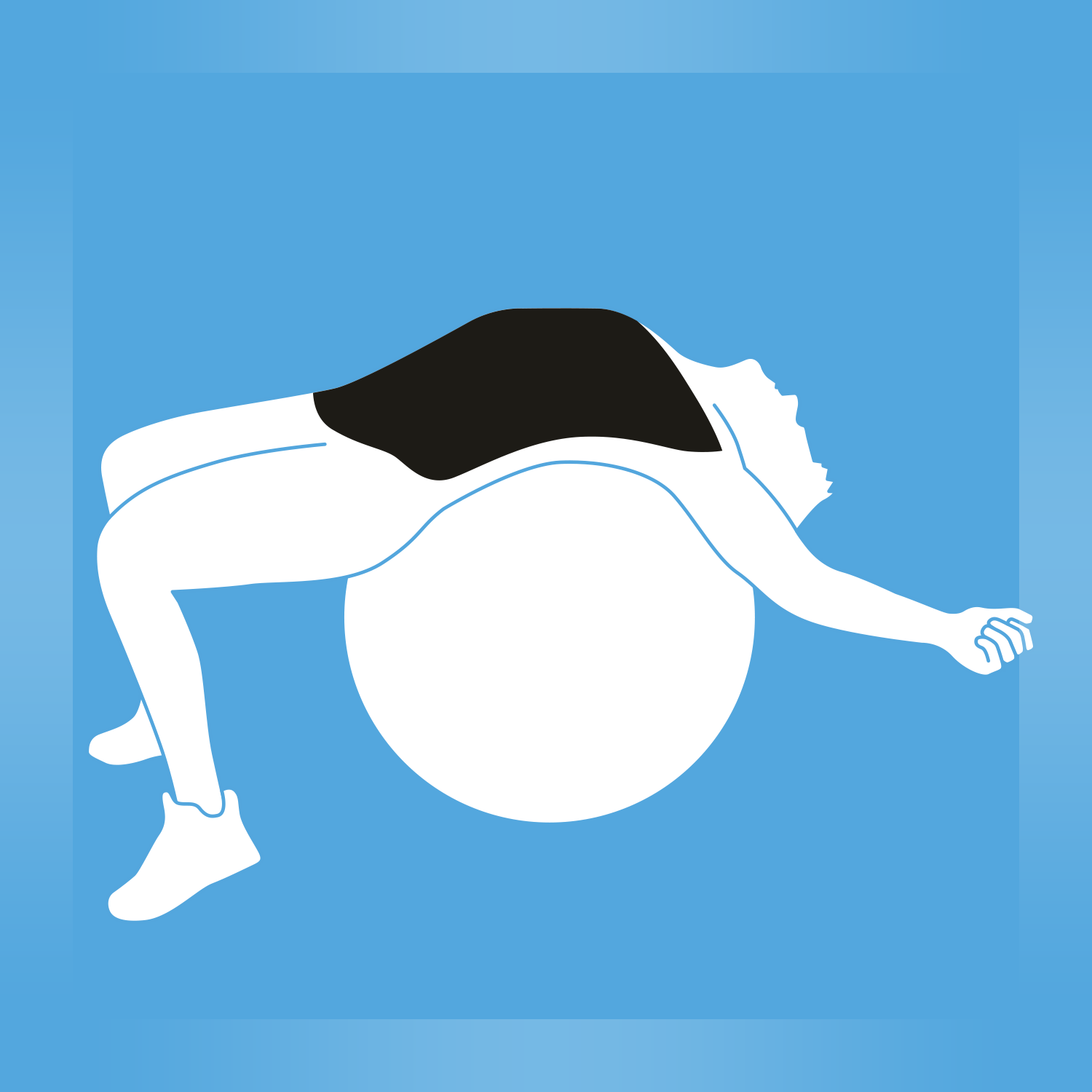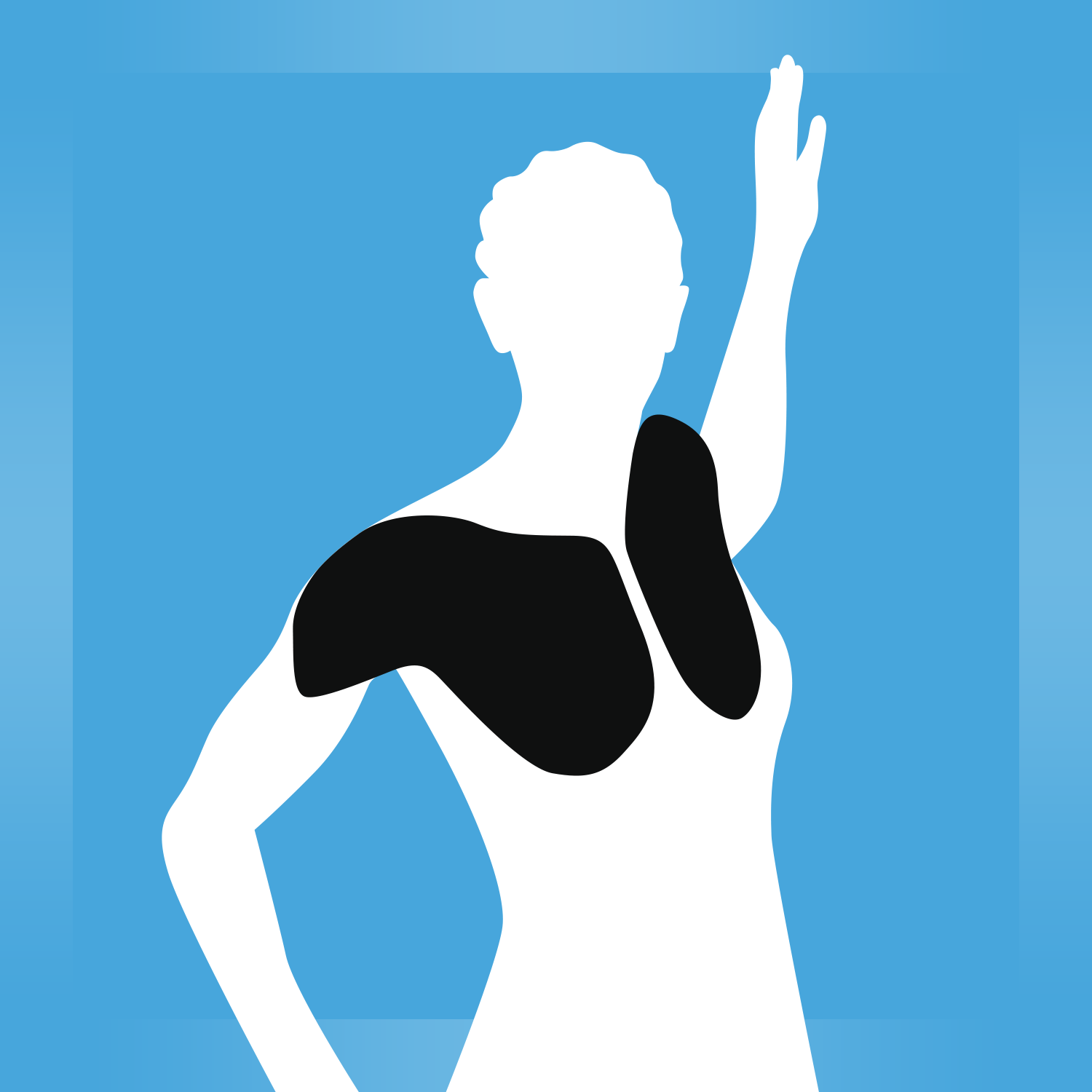KYPHOSIS -OVERVIEW
What is Kyphosis
Kyphosis, also known as hunchback, round-back or dowagers hump in the elderly, is a more pronounced than usual curve in the upper back, caused by an excessive convex curvature in the cervical vertebra. Mostly kyphosis can be helped hugely with a specific correction programme, however more serious cases can in fact cause discomfort as it can impact functionality of the lungs, creating breathing difficulties, digestive issues, neurological problems and in some cases a decreased life expectancy.
Signs and symptoms
A normal thoracic curve of the vertebrates 1 to 12 should be between 20-45 degrees, when the curve exceeds 45 degrees it is diagnosed as ab lordotic curve. Diagnosis is usually through measuring, observation and x-ray. The body has to adjust for the postural irregularity which can cause back pain and stiffness. A tightness in the rhomboids, trapezius, levator scapulae and splenius capitis and weakness in the pectoralis muscles are common in kyphotic sufferers. Tenderness of the spine and tiredness due to the effort of trying to maintain correct posture are also symptoms. Eating, digestion, and depending on the severity breathing may also become an issue. Neurological problems may occur due to compression and pinching of the spine causing numbness in arms and legs, balance issues and loss of bladder control.
What are the possible Causes?
Poor posture and slouching is the most common cause for kyphosis and can occur in young and old. Leaning back in chairs and carrying heavy bags has also been cited as a possible contributory factor. Muscle weakness can also create imbalance. May be a job that requires a certain flexed (bent) body physical point where the head retains a forward position putting stress on the neck and back. Postural re-education, simply remembering to sit up correctly and a corrective programme can help the correction process and help alleviate pain. Aging can be a cause, as we age muscle integrity is reduced, creating this curvature. It is thought that one third of elderly suffers have vertebral fractures.
Scheuermann’s kyphosis (also known as Calve disease and juvenile osteochondrosis) is a developmental disorder found predominately in teenagers and is generally found in the thoracic/midthoracic area but can also be seen in the lumber vertebrae. The deformity is significantly worse than regular kyphosis, and a sufferer cannot correct their own posture consciously. It can be painful to perform physical activity, and to stand or sit for long periods of time, it can also be very tiring to simply sit and stand causing fatigue as a symptom. Scheuermann’s kyphosis is visually more pronounced than regular kyphosis appearing wedge shaped, herniated and irregular, this can cause a person to become withdrawn and create phycological issues with concerns over appearance.
Congenital kyphosis can occur in the womb in infants when the spinal column has not developed correctly, with vertebrae being fused together and/or malformed. This can also become more prominent as the child gets older. Congenital kyphosis can develop in teenage years, commonly in children with neurological disorders or cerebral palsy. Surgery is an option, but it comes with an element of risk.
Osteoporosis can be a risk factor for developing a kyphotic curve. Osteoporosis is a weakening of bones through loss of mineral density, which can cause compression fractures (of vertebrae when bone collapses). osteoporosis can be diagnosed with a bone density scan. Other degenerative diseases such as Arthritis and multi myeloma (cancer of plasma cells, in which bone marrow stroma upregulates a specific apoptosis regulatory gene that subsequently increases activity of osteoblasts in bone tissue which resorb bone).
Deficiencies in the fat soluble, bone health nutrients such as vitamin K and vitamin D may also contribute to softening of bones and subsequently improper bone formation during childhood.
After a traumatic event in which the vertebrae had been either untreated or the treatment was ineffective.
Treatment
Treatment for mild kyphosis is simply a corrective exercise and stretching programme.
In the worst-case scenario treatment may be required by spinal fusion surgery (joining vertebrae together preventing them moving) is the, most likely option. However, there is thought to be a 5% risk and even higher in the latest evidence of complication, with 5% of patients needed surgery again within 5 years. Possible complications with this type of surgery include breathing impairments, nerve damage, inflammation of the surrounding soft tissue and bleeding. One such treatment that endeavours to return damaged vertebrae to its original position is called kyphoplasty may.
Different types of braces are sometimes used to treat kyphosis, as there are different types of kyphosis.
Tight muscles
Pectoralis major, pectoralis minor, Semispinalis capitis, Splenius capitis.
Weak muscles
Rear deltoids, Trapezius, Rhomboids, Latissimus dorsi.
DYNAMIC WARM-UP
The warm-up is to mobilise and prime your body, it should be specific to the exercise you are about to perform. We recommend 5 mins of gentle cardio to increase body temperature and blood flow to the muscles. Follow this with movements that mimic your exercises but at a slower pace with reduced intensity.
Try our basic warm-up or advanced version with a medicine ball.
MOBILISE
UPPER BODY MOBILISATION — Band
Take a wide grip on the band. Start with band at thigh level raise up over head and behind you. keeping arms straight. If you feel pain stop at that point.
MOBILISATION
Kneel on floor with your body straight and upright, hold arms out in front of you. Keep arms straight and rotate one arm at a time behind you. Then alternate with the other arm.
MOBILISATION — Roller
Lay length ways across a roller. make sure head and back are rested on the roller. place arms by side, keep them straight and lift them up to ceiling and over head brushing your ears with your biceps. once hands reach floor, let hands stay in contact with the floor making a wings shape back to start position.
BACK MOBILISATION
On your hands and knees so that your body is the shape of a table. Now lift your head and your bottom to the ceiling, dropping your midsection to the floor. Then drop your head make your back long and round. Bring your nose toward your belly button. Repeat.
EXERCISES
BACK EXTENSION
Lie face down on the floor with your arms by your side, palms up. Engage your core and raise your upper body off the floor. Draw your shoulder blades down and together, keep the head in line with the spine. Lower the body.
MOBILISATION — Wall
Stand with your back and head against the wall. Raise arms up and place against the wall. Start with arms straight above head and slide them down, bringing your elbows into your body, keeping arms i contact with the wall.
TRAPS – Dumbbells
Stand and hold dumbbells in front of your body with the arms extended towards the floor. With slight elbow flexion raise the arms overhead to a wide V position and simultaneously internally rotate the arms.
EXTERNAL ROTATION — Band
Attach a band to a stable surface at waist height. Stand side on to the band and hold it with the hand furthest away. Create a 90 degree angle with the elbow then externally rotate the arm keeping the elbow into your side and the body still. Engage your core throughout.
ROW – Swiss Ball
With your feet against the wall and lay in prone position on the swiss ball with hips on the ball. Lower the body to the ball and then raise with arms out straight in a V shape. Keep chin tucked in.
ROW – Band
Stand in a slight squat position with your shoulders retracted, arms extended and hold the band at chest height. Pull the band towards you with your elbows slightly raised. Draw your shoulder blades down and together then extend the arms.
STRETCHES
Hold each position for 1 minute and increase the length of time on particularly tight muscles.
LATS
Lie on your back and place your arms on the floor stretched over your head. reach your arms up away from your body.
CHEST AND LATS
Lay on your back across a swiss ball with your feet on the ground. Raise your arms over your head resting your upper arms on ball beside your ears.
CHEST
Stand in a slight squat position with your shoulders retracted, arms extended and hold the band at chest height. Pull the band towards you with your elbows slightly raised. Draw your shoulder blades down and together then extend the arms.

















